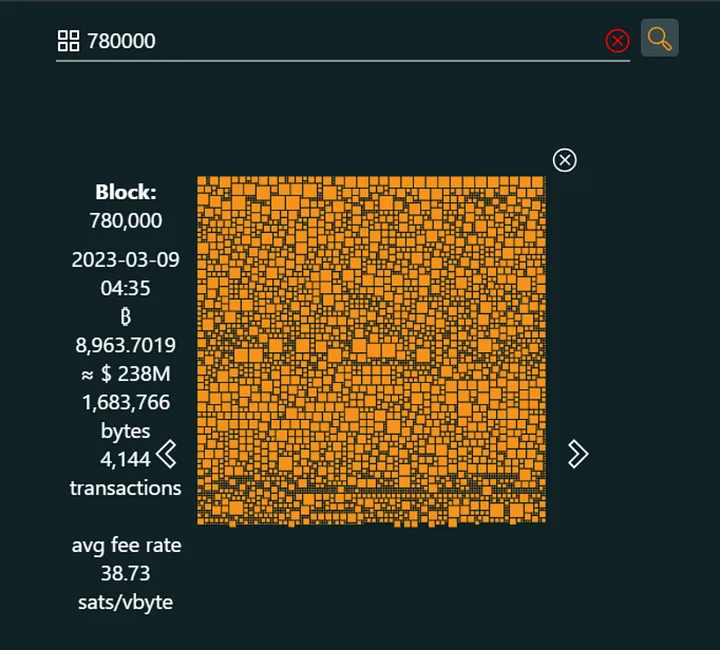The world of digital ownership is a rapidly evolving landscape, shaped by the advent of new technologies and ideas. Among the most prominent of these are Non-Fungible Tokens (NFTs) and a newer concept known as Digital Artifacts, specifically Inscriptions. Both have unique attributes that distinguish them from one another. This article delves into the differences between these two forms of digital assets.
NFTs: Digital Ownership Through Metadata
Non-Fungible Tokens, more commonly known as NFTs, have become a significant force in the digital world. NFTs are unique tokens that live on a blockchain — often Ethereum. Each NFT carries metadata that points to the actual data of a digital asset stored elsewhere, such as IPFS or centralized servers like Amazon’s AWS. While NFTs have been a revolutionary step in the representation of digital ownership, they often rely on off-chain data storage, which can raise questions regarding their permanence and immutability.
Inscriptions: Immutable Digital Artifacts
On the other hand, there are Inscriptions — a type of digital artifact that is stored directly on the Bitcoin blockchain. Unlike NFTs, Inscriptions do not merely point to an asset’s data stored elsewhere. Instead, they utilize a feature in Bitcoin transactions called “witness data,” where they store a pointer or reference to a piece of digital content. Once a transaction carrying an Inscription is included in a mined block, the Inscription becomes a permanent, immutable part of the blockchain.
The Ordinal Theory: Tracking Ownership
Ownership of these Inscriptions is traced using an innovative method known as the Ordinal Theory. This theory allows for each Inscription to be associated with a unique Satoshi, the smallest unit of Bitcoin. In this way, the Ordinal Theory provides a mechanism to track the ownership and transfer of these immutable digital artifacts on the Bitcoin blockchain.
Digital Ownership: NFTs vs. Inscriptions
While both NFTs and Inscriptions represent forms of digital ownership, the significant difference lies in their relationship with the blockchain and their immutability. NFTs generally store metadata on-chain that points to the actual asset data stored off-chain. Conversely, Inscriptions make use of the Bitcoin blockchain’s “witness data” to store a reference to the digital artifact, providing a level of immutability not always associated with NFTs.
However, it’s essential to note that this is a developing field, and the specifics and mechanics might evolve with advancements in technology. Nevertheless, Inscriptions present a promising approach to address some of the challenges associated with data permanence and ownership tracking in the digital artifact space.
Wrapping Up: A New Landscape of Digital Ownership
The digital ownership landscape is continuously evolving, with NFTs and Inscriptions offering unique, groundbreaking ways of representing and storing digital assets. Both have their unique qualities, and they offer different perspectives on how digital ownership can be represented in the future. As we continue to explore the ever-expanding frontier of digital assets, we eagerly anticipate what innovative concepts the future may bring.



0 Comments